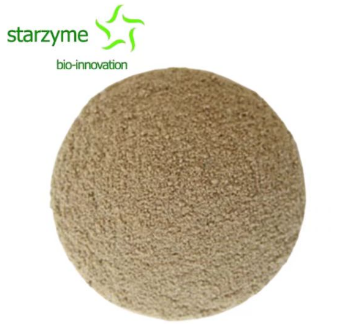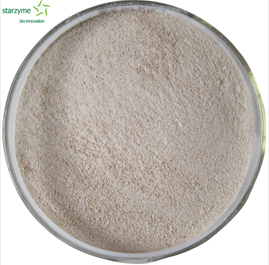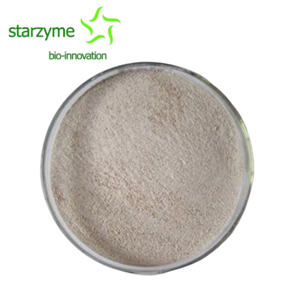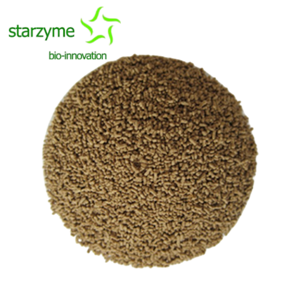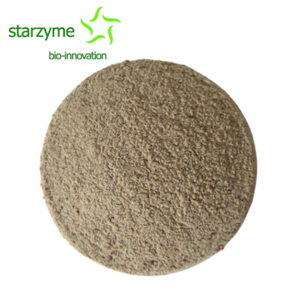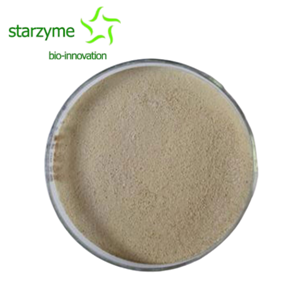Combining Bacillus licheniformis & Bacillus subtilis in Aquaculture
There are several advantages in using Bacillus licheniformis (Figure A) and Bacillus subtilis (Figure B) together in aquaculture.
Figure A:
Figure B:
Firstly, it increases the resistance of fish: the simultaneous use of Bacillus licheniformis and Bacillus subtilis can increase the resistance of fish, making them more adaptable to the aquaculture environment and surrounding conditions, thereby reducing the incidence of diseases.
Secondly, it can enhance the purification ability of water bodies: the combination of Bacillus licheniformis and Bacillus subtilis can decompose and absorb harmful waste and nutrients, effectively purifying and regulating the nutrition of water bodies. This plays a crucial role in controlling and maintaining water quality.
Moreover, using both bacteria together improves aquaculture efficiency: the combination of Bacillus licheniformis and Bacillus subtilis can increase aquaculture yield and efficiency, which has a positive promoting effect on the development of aquaculture.
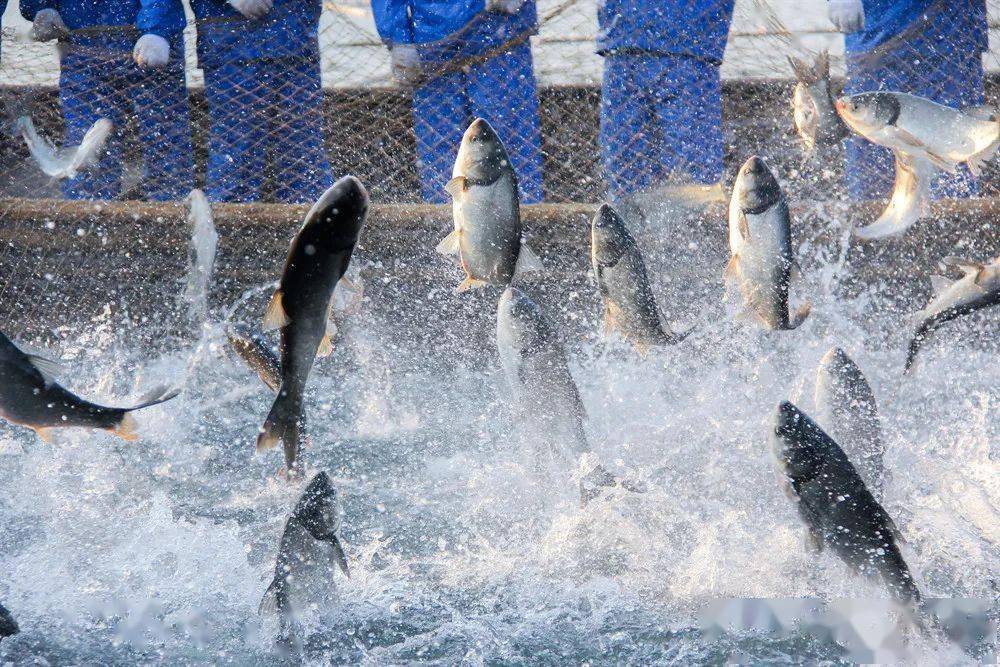
Furthermore, there are also several applicable scenarios for the combination of both bacteria.
Aquaculture farms need to strengthen water quality regulation: In situations where water quality is poor and needs to be regulated, the combination of Bacillus licheniformis and Bacillus subtilis can help create an environment suitable for fish survival and reproduction.
Situations where diseases exist in aquaculture: For fish that are prone to bacterial and viral infections, the use of Bacillus licheniformis and Bacillus subtilis can prevent the occurrence of diseases.
Breeding efficiency needs to be improved: In high-yield and efficient aquaculture, the combination of Bacillus licheniformis and Bacillus subtilis can improve breeding efficiency and greatly increase production.
In conclusion, the combination of Bacillus licheniformis and Bacillus subtilis in aquaculture is a very effective method that can improve aquaculture efficiency, prevent diseases, and purify water bodies. Although there may be some problems in practical application, strict control of usage and quality will greatly promote the development of aquaculture.

